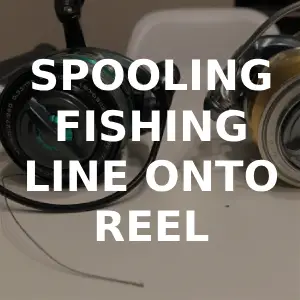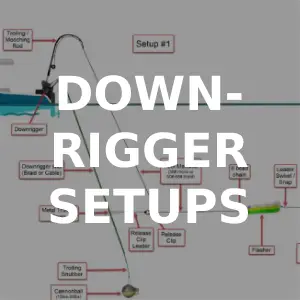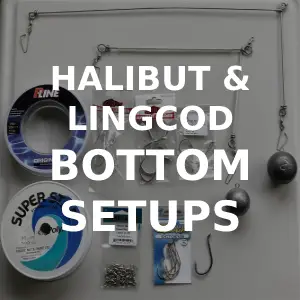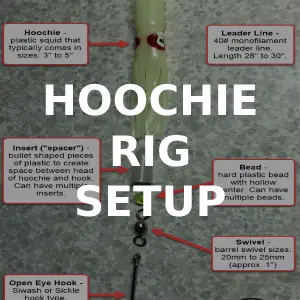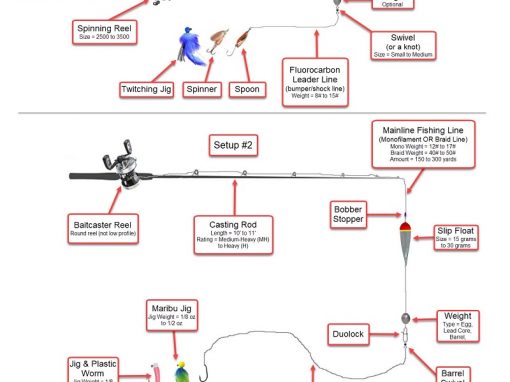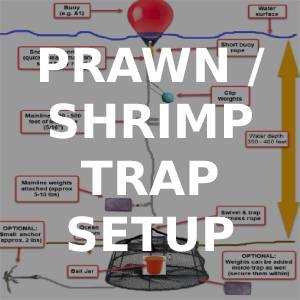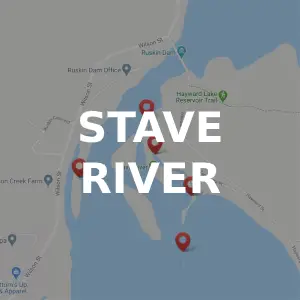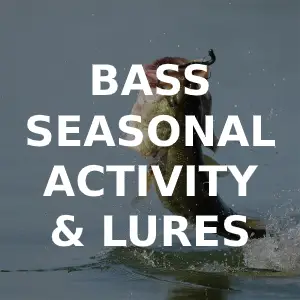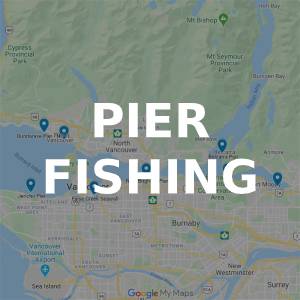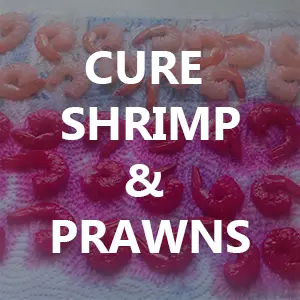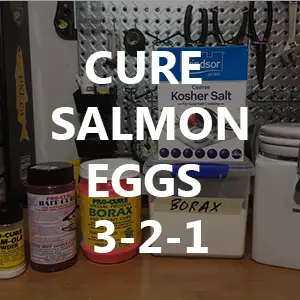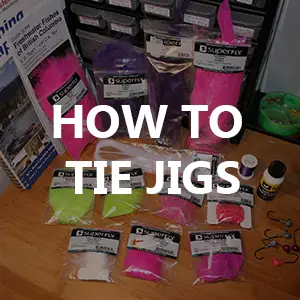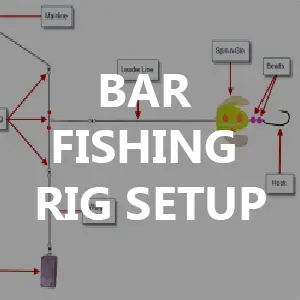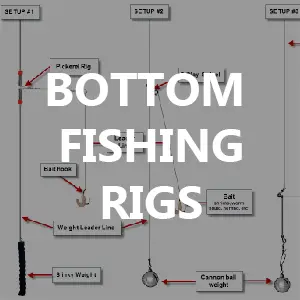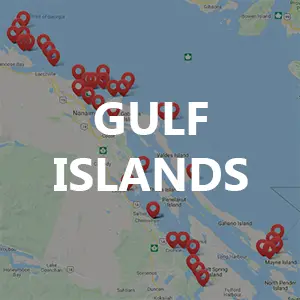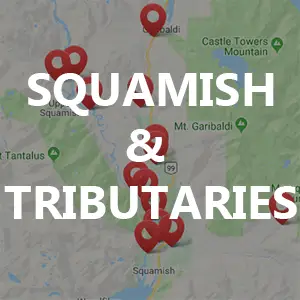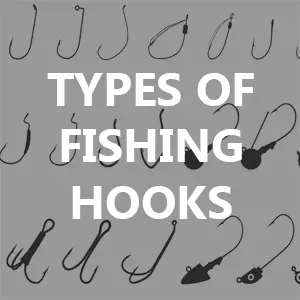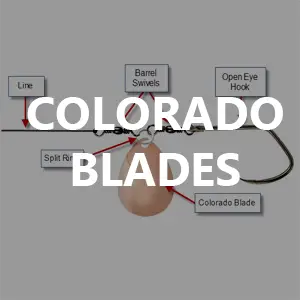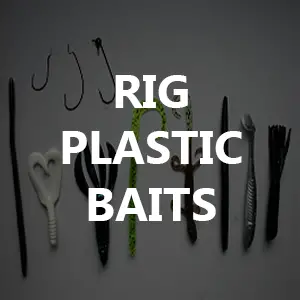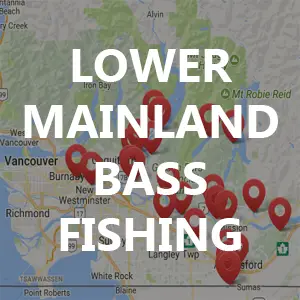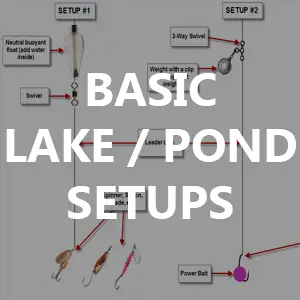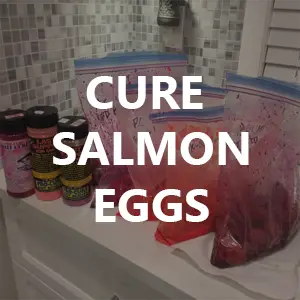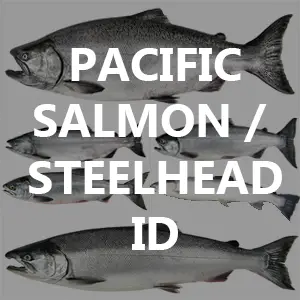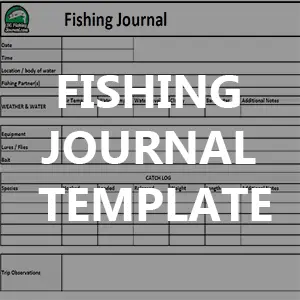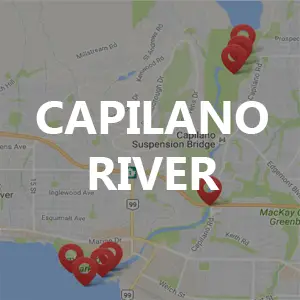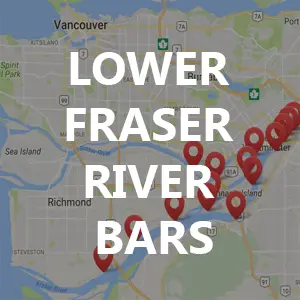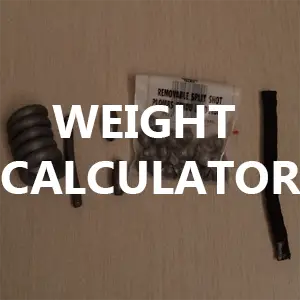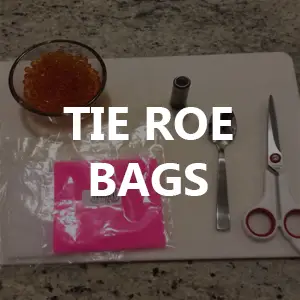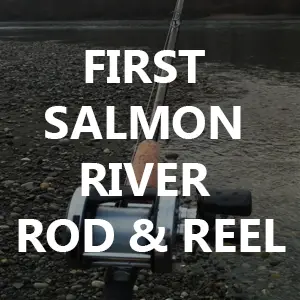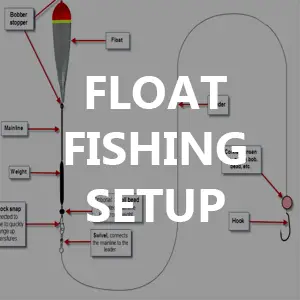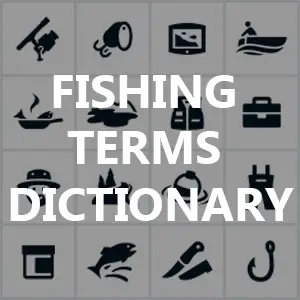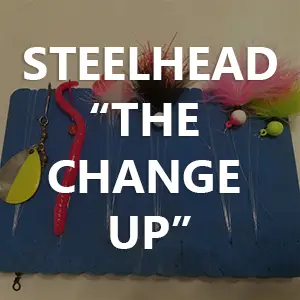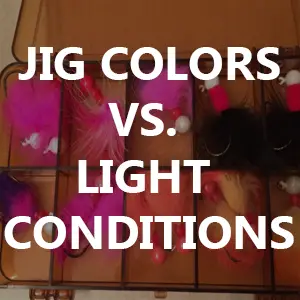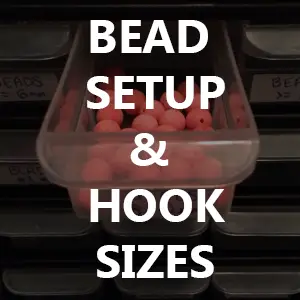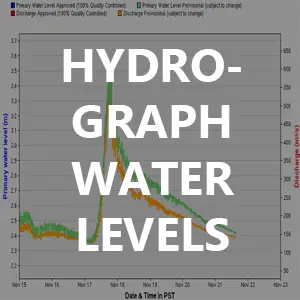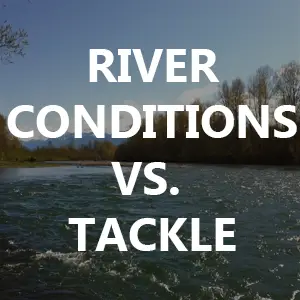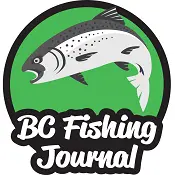Fishing Terms & Jargon
If there is any term/phrase not listed that you think would be helpful for others please let me know on the Contact page.
Action
Attractant
Baitcasting
Barb
Blown Water (river blown)
Buck
Chironomid
Current Seam (or Seam)
Dorsal Fin
Drift Fishing
Flossing
Forceps
A hand-operated medical instrument widely used in fly fishing to remove hooks from the jaws of a hooked fish. There are many types, but a common forcep looks like a combination of scissors and needle noose pliers.
Fry
Anadromous Fish
Backwater
Bank-fishing
Barbless
Breaking Off
Catch & Release
Clinch Knot
Doe
Drag
Float (bobber)
Fluorocarbon
Fluorocarbon can be used both as a mainline or Leader (or tippet) line. It is virtually invisible underwater, sinks quickly and doesn’t reflect light on the water surface so fish can’t see it. It also has less stretch than typical monofilament.
Foul Hooked
Hatch

Headwaters
Jack
Leader
The section of line between the mainline and hook. Leaders are not always mandatory depending on water conditions. Leader line should be less weight than the mainline weight.
Mending Line
Pectoral Fins
Polarized Sun Glasses
Sunglasses with iodized lenses that block incident light (glare) and thus allow anglers to better see beneath the surface glare of water. This is a key accessory to have on the river in order to properly scout/spot fish in the water. Not to mention the protection for your eyes where there is a high glare (e.g. Ocean).
Retrieve
Run
Sea-Run
Spawn
Steelhead
Terminal Tackle
Honey Hole
Jig
Matching The Hatch
Monofilament
Pelvic Fins
Pool
Riffle
Seam Water
Setting the Hook
Spool
Tailout
Waders
Available in many styles and made of different waterproof fabrics, waders come in two main types: boot foot and stocking foot. Boot foot waders have boots built in, enabling you to just pull them on and go. Stocking foot waders require the use of a separate pair of wading shoes that, in turn, generally provide better support and traction.
If you want to get serious about river fishing, waders are mandatory.
Additional Tips
